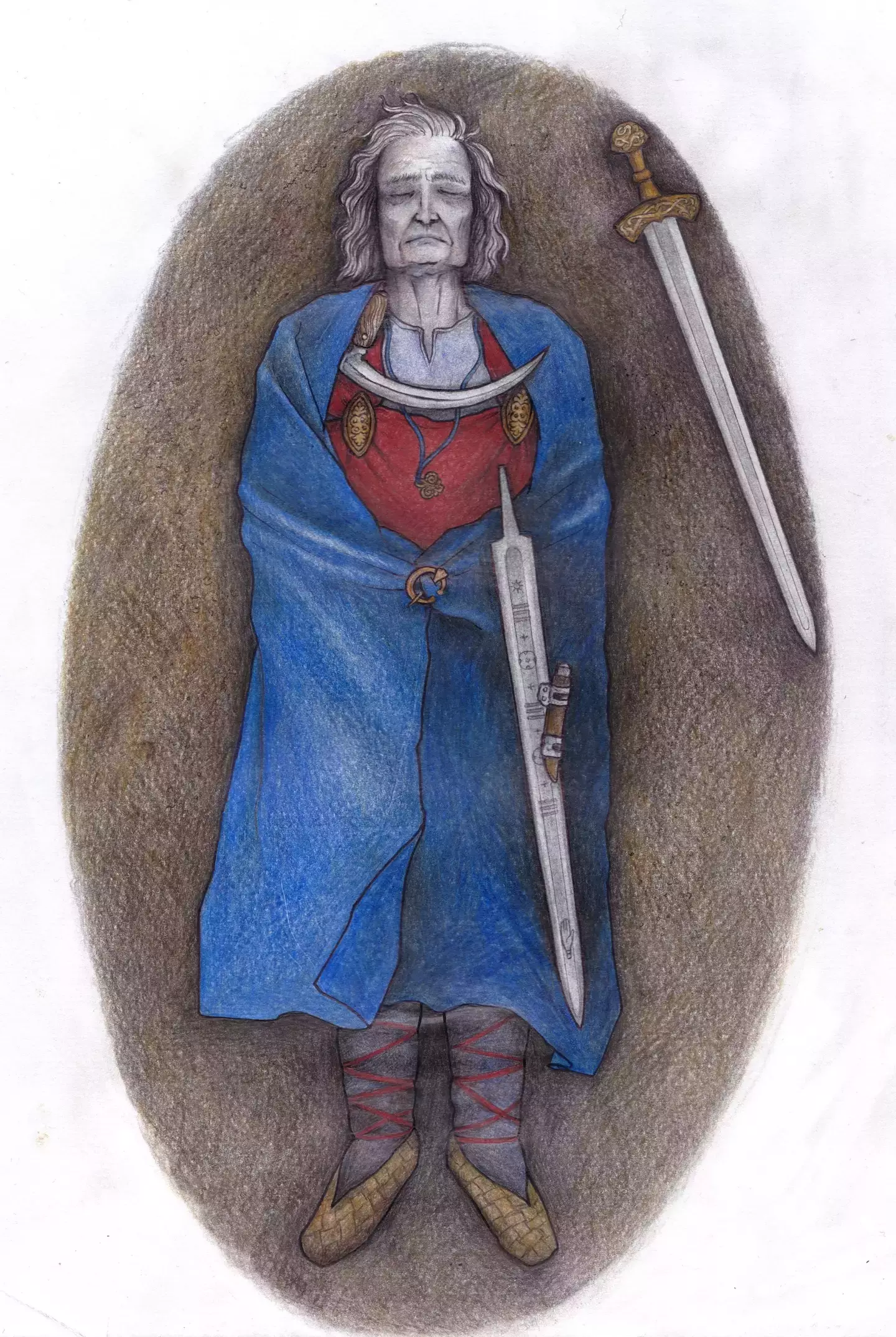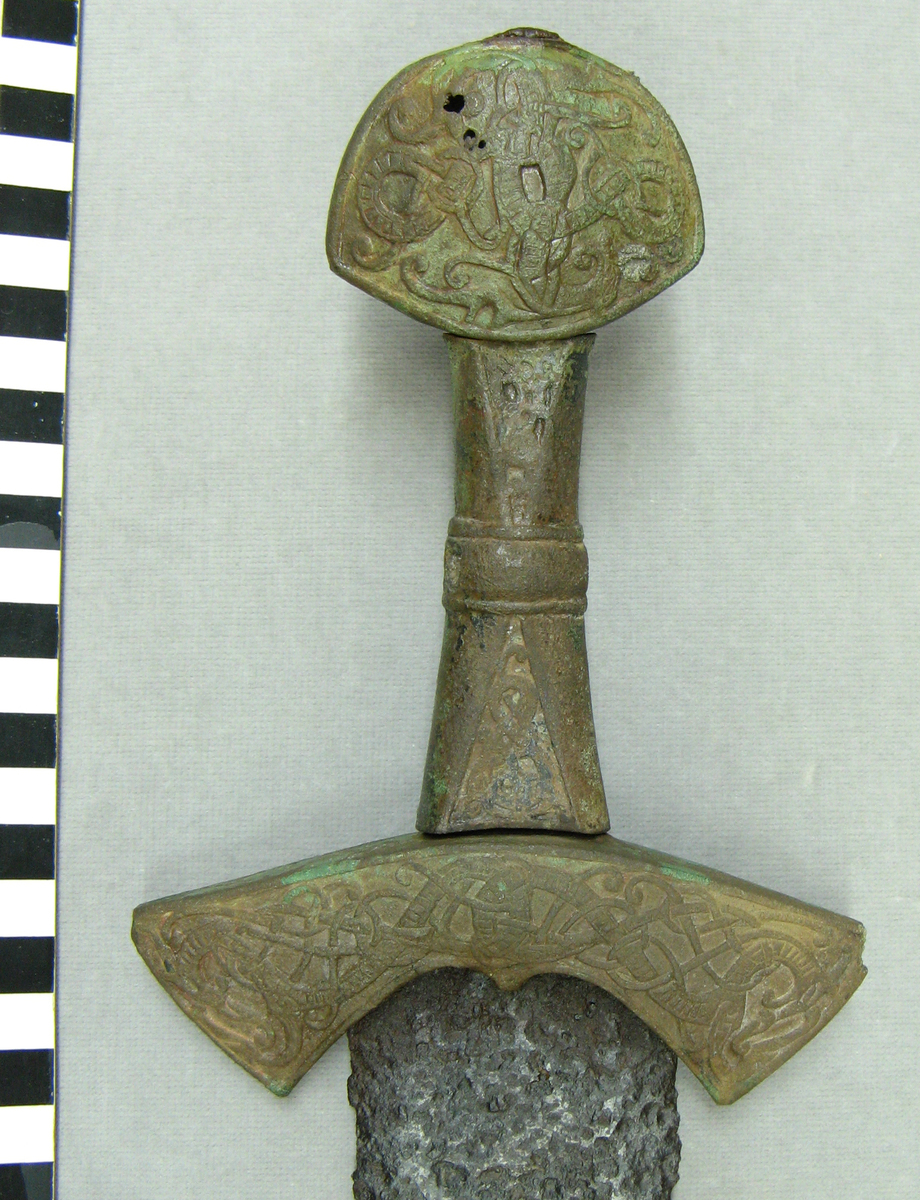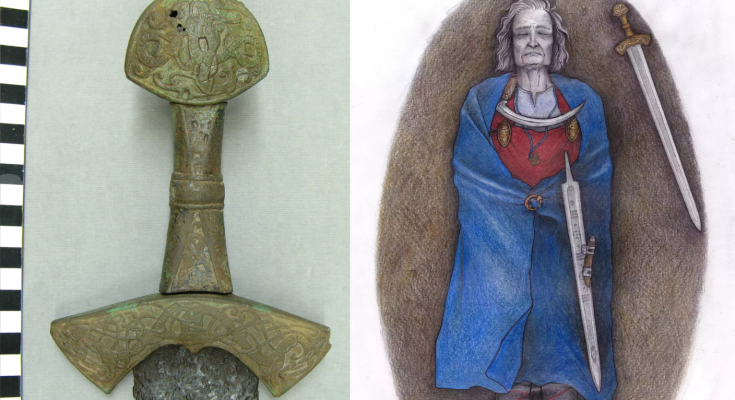Historians and scientists usually have to rely on surviving artifacts, written records, and prevailing trends of the time to piece together the lives of ancient individuals.
According to a paper published in 2021 in the European Journal of Archaeology, the warrior’s grave was discovered in Suontaka Vesitorninmäki, Hattula, Finland, in 1968.
Inside the grave, a bronze-handled sword was found along with items suggesting that the buried person may have been a woman or, possibly, someone whose gender identity did not fit the traditional binary concept.

“On the other hand, the person was buried with a sword – possibly two, according to some interpretations – which is often associated with masculinity.”
Over the last 50 years, interpretations of this grave have ranged from it being a dual burial of a man and a woman to evidence of powerful female leaders or warriors in Late Iron Age Finland.
The presence of a sword alongside traditionally feminine items sparked debates and theories for decades.
DNA analysis on the remains suggests the warrior may have had Klinefelter syndrome, a condition where an individual has an extra X chromosome (XXY).
This discovery adds another layer of complexity to how gender roles and identities were perceived in that society.
Ulla Moilanen, a doctoral candidate in archaeology at the University of Turku, commented that this could be an example of a person whose social identity didn’t align with the traditional male or female categories.

“The abundant collection of objects buried in the grave is a proof that the person was not only accepted but also valued and respected.”



